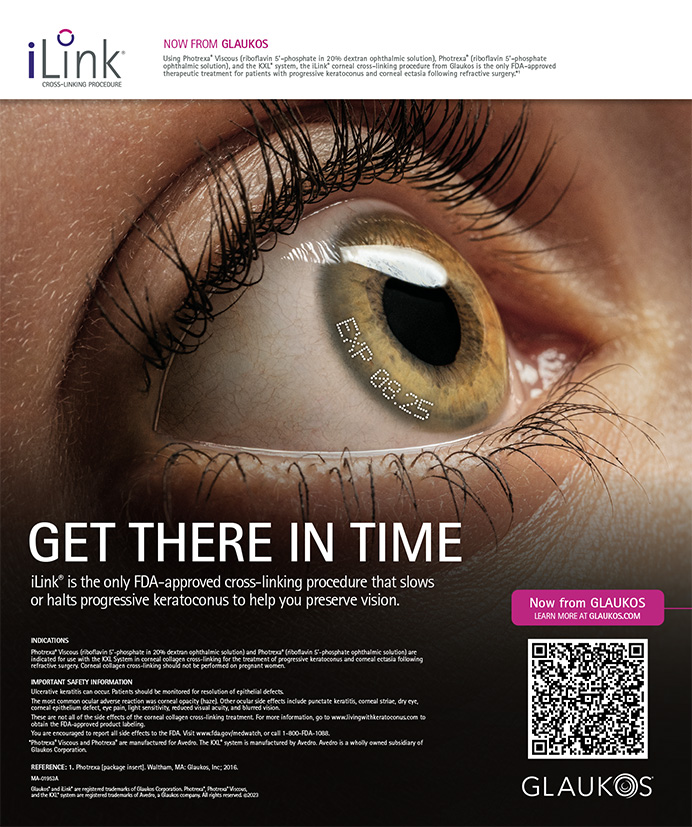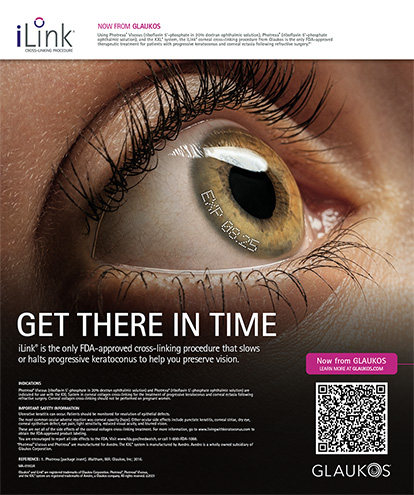In the year 2000, the World Health Organization (WHO) announced a bold and noble goal: the eradication of cataract blindness throughout the developing world by the year 2020. They call this initiative Vision 2020. Accomplishing this mission will require performing some type of cataract surgery on what may be more than 30 million people residing in India, China, Africa, parts of the former USSR, and Central and South America. This vision is so grand, so immense in scope, that I am certain most individuals instantly dismiss it as an “impossible dream.” Not me. I applaud the WHO for promulgating this sublime challenge. Contrary to conventional wisdom, I believe Vision 2020 is in reality very achievable. The technology, the manpower, and the money required to accomplish the task all exist. What is lacking is the widespread belief that it can be done, the agreement that global cataract blindness is important enough in comparison to other global health problems to allocate the money for it, and possibly the willpower to actually get the job done. Even so, I have high hopes.
PROPOSED PLANS
I congratulate the individuals who take the WHO challenge seriously, and who think on a large enough scale to propose strategic plans to attempt the eradication of world blindness. Within the past year, two specific plans have been published, the first by Charles Kelman, MD. His is an intracap method whereby a rather large incision is made in the pars plana, and the entire lens is extracted by a probe with glue on the end of it that extracts the lens in one piece. Afterward, the incision is glued shut. The second plan has been proposed by Louis Girard, MD. In this procedure, the lens is not actually removed from the eye, but displaced into the vitreous by enzymatic zonulysis. I respect these individuals for jumping into the fray and offering their ideas. However, I have strong reservations concerning both of their approaches, and feel that their visions are incompatible with the 2020 initiative.
THE BEST FOR ALL
Both Drs. Kelman and Girard base their surgical plans on the unstated assumption that people in developing nations cannot possibly have access to the technology that those in developed nations have. But I ask, “Why can't they?”
I personally can't get enthusiastic about offering 30 million people bargain-basement technology that has a projected success rate of 50%. Also, I feel these proposed “solutions” are dramatic magnifications of the schism between the haves of the world and the have-nots. How can we offer 50% success-rate solutions, when soon we'll have 99% success-rate technology, and still sleep soundly at night? In my view, as our globe shrinks smaller and smaller, it is our responsibility as surgeons to develop technologically viable solutions to narrow the schism. Therefore, I say let's embrace a new paradigm: we will give all people on the planet the absolute best technology we can create, develop, manufacture, and provide. So, sit back, relax, quiet your mind, and listen to my vision. Imagine...
PROLOGUE
On September 7, 2001, surgeons sitting in New York City “operated” on a woman lying on an operating table in Strasbourg, France. The doctors performed surgery on her gall bladder, but the actual “surgeon” was a robot. This technology is called Remote Robotic Surgery. The surgeons in New York manipulated joysticks while watching a computer monitor, which directed the movements of the robot in France. And thanks to a French telecommunications company that eliminated the communication delay, it has worked at a distance of 4,000 miles, for the first time, and it can be made to work at even greater distances.
THE PLAN
This is my proposal for fulfilling Vision 2020: we'll deploy 100 remote robotic surgical units around the globe, with the assistance of the United Nations, the United States, and foreign military services. We'll employ 200 technical staff members, ophthalmologists, and physicians' assistants in a facility in Philadelphia, PA, and we'll operate on 30 million individuals in the next 20 years. Yes, our surgeons will sit in Philadelphia, the cradle of American liberty, and fulfill Vision 2020 without stepping foot on a single airliner. The procedure we're going to perform is the best small-incision cataract extraction that technology has available, with foldable posterior chamber IOL implantation. And once we develop even better technology, perhaps injectable, gel-like accommodative IOLs, we won't hesitate to employ it.
WHO WILL PAY THE TAB?
Most likely you're thinking, ?But Dr. Andrew, surely you must be joking. Who in the world is going to pay for all of this?? I've run some numbers, and by my calculations, this undertaking would cost somewhere around $500 million. Five hundred million dollars over a 20-year time span—not really a lot of money when you consider the amount of money governments have at their disposal, as well as the amount of money that quite a number of private citizens have. To illustrate, the entire program would cost 2% of the assets of the Bill and Melinda Gates Foundation, a private foundation dedicated to solving global health problems. Isn't cataract blindness a global health problem?
THE VALUE OF VISION
The United States Congress recently passed a bailout to the airline industry of $15 billion. That is 30 times my projected 20-year budget. Of course, most would agree that that bailout was prudent. We would agree it was “worth it.” What is curing 30 million blind people really “worth?” Is it worth $500 million? If all citizens with sizable incomes, from movie stars to recording artists, professional athletes, to business moguls, would donate just 1% of their net worth, we'd be able to pay for Vision 2020 in full and have money left over. A whole lot of money left over.
The marvelous accomplishment of the New York City surgeons and their metallic colleague in France was lost in the shadows of the tragedy which occurred in that same city 4 days later, on September 11, 2001. Since that act of organized evil, we've seen America's response: the 12,000-mile deployment of the best military technology that we are capable of producing. As a supplemental effort, why can't we deploy the best medical technology that we are capable of producing? If we gave the gift of sight to 30 million individuals in developing regions around the globe, how do you think they would “see” the United States of America? Who knows, maybe in the end, a global display of compassion just might work a little better than a global display of might.
A VIABLE PLAN?
So there it is, my vision to eradicate world cataract blindness. It may sound futuristic, yet that future is available today. It may sound expensive, yet expense, like time, is relative. It may seem like a tremendous amount of work, and it will be, but so was landing a man on the moon. It may appear impractical, yet in actual practice, man has performed far more “impractical” feats. To my ears, it simply sounds like the right thing to do. How does my 20/20 vision for Vision 2020 sound to you?


